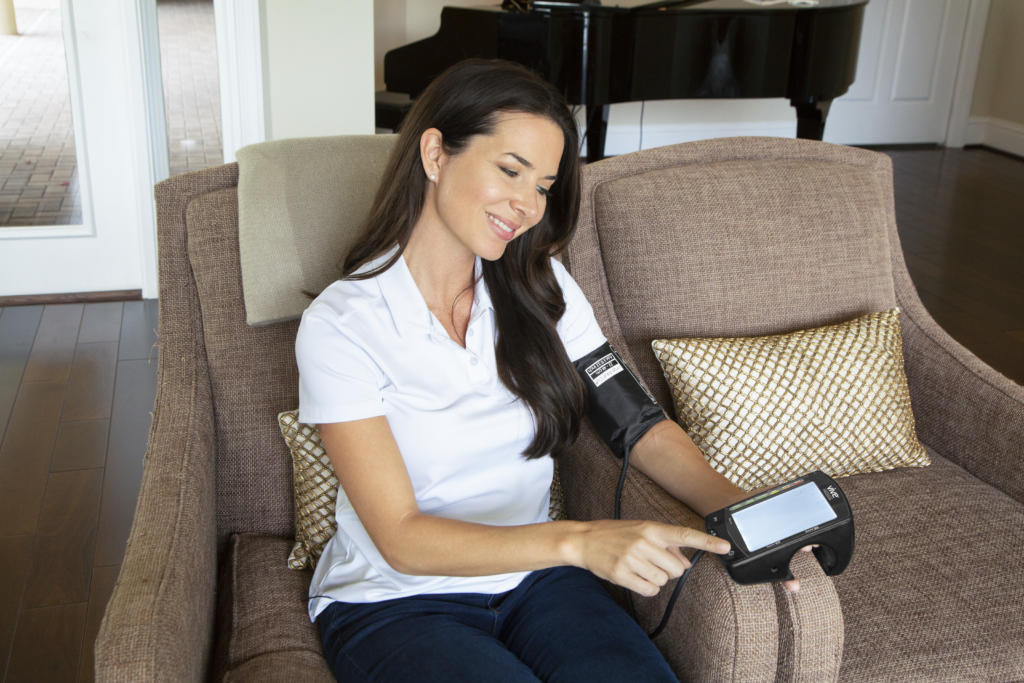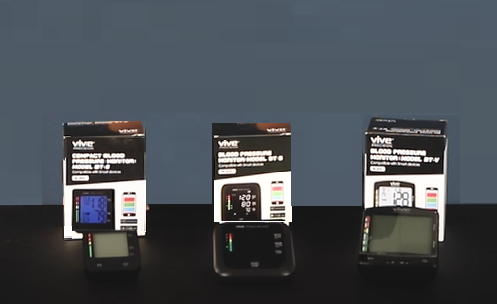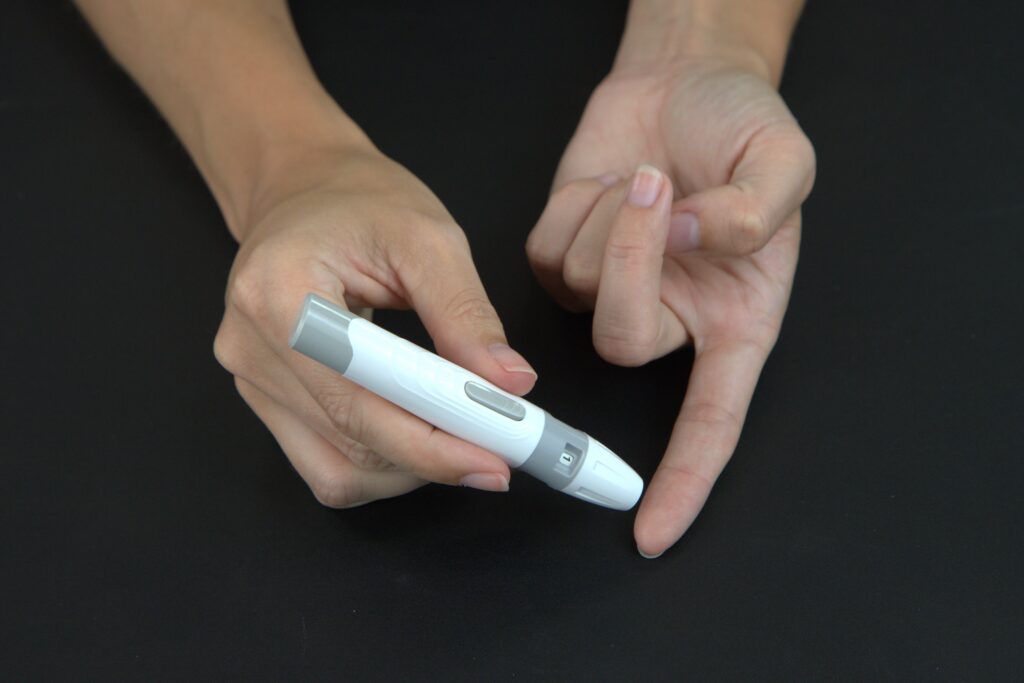Remote patient monitoring is a healthcare technology that allows healthcare providers to remotely monitor and collect data from their patients, typically through the use of wearable devices or smart devices. This technology has the potential to revolutionize the way healthcare is delivered and can be especially beneficial for underserved communities. In this blog, we will discuss the various ways in which remote patient monitoring can help to provide care to underserved communities.

One of the main ways in which remote patient monitoring can benefit underserved communities is by increasing access to healthcare. Many underserved communities, particularly those in rural areas, may have limited access to medical facilities and providers. By using remote patient monitoring, healthcare providers can remotely monitor and care for their patients, even if the patients are located in areas that are far from medical facilities.
Another way in which remote patient monitoring can benefit underserved communities is by reducing healthcare costs. Many underserved communities may not have the financial resources to pay for frequent in-person visits to the doctor or hospital. By allowing healthcare providers to monitor their patients remotely, there is less need for in-person visits and hospitalizations, which can be expensive. This can help to lower healthcare costs for underserved communities and make healthcare more accessible and affordable.
Remote patient monitoring can also help to improve patient outcomes in underserved communities. By collecting continuous data from patients, healthcare providers can get a more accurate picture of their health and how they are responding to treatment. This can help to adjust treatment plans as needed to ensure that patients are receiving the best possible care.
Finally, remote patient monitoring can help to reduce the workload for healthcare providers in underserved communities. By allowing healthcare providers to monitor their patients remotely, there is less need for in-person visits and hospitalizations, which can be time-consuming. This can help to lower the workload for healthcare providers and allow them to focus on providing care to their patients.
In conclusion, remote patient monitoring is a valuable technology that can benefit underserved communities in a number of ways. By increasing access to healthcare, reducing healthcare costs, improving patient outcomes, and reducing the workload for healthcare providers, remote patient monitoring has the potential to revolutionize the way healthcare is delivered to underserved communities.
Read our last blog here on the benefits of remote patient monitoring for the provider.










